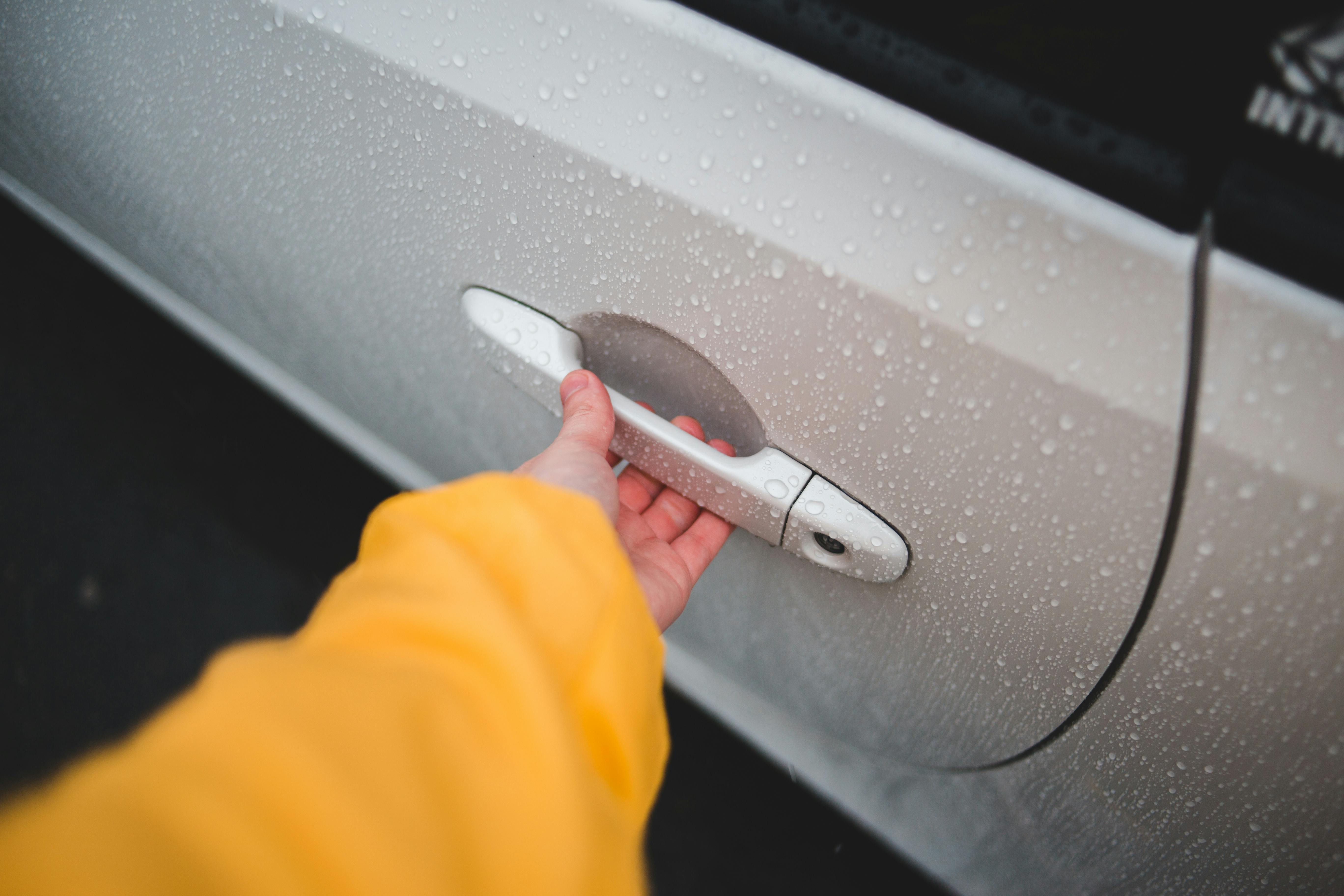Any retailer understands that customers now expect choice. To compete in the global marketplace, it’s important to provide customers with what they want. Without imports, the range of goods on offer would be significantly reduced, so we are dependent on the ability to transport large volumes of goods around the world.
As the world’s population has grown, so has the demand for goods. As the most feasible means of freight transportation, 80% of the products we buy and sell are shipped by ship. In response to the need to ship ever-increasing cargoes, technological advances have allowed the development of incredibly large vessels. These mega container ships have the capacity to carry more than 10,000 containers, but can still float.
Merchant shipping fleets have also had to expand, so that at any given time there are over 50,000 merchant ships sailing the world’s oceans.
This is great news for consumers who want to stock up at the supermarket, invest in a new car, buy the latest gadget or update their wardrobe. However, it has an impact on the safety of ships, both in the open sea and in busy ports.
port regulations
It is one thing to design and build a large container ship, but for it to work it is essential that shipping channels and port arrangements can cope with such large-scale vessels.
In recent decades, many of the world’s most important ports have had to invest in expansion plans so that new merchant ships, which can exceed 390 meters in length, can reach the port and maneuver safely. Ongoing cranes, logistics and infrastructure must also be in place to successfully load and unload ships.
When you’re at the helm of such an imposing vessel, it takes time for the ship to respond to your controls. External factors, such as strong winds or the movement of other vessels, affect the way the ship moves. The captain and port controllers have to take all this into account when bringing a ship in or out of port.
It is now common for large ships to go through narrow shipping lanes to dock. This is a high-risk situation, in which everyone involved must be fully involved to prevent a security disaster.
In addition to providing safe passage for ships, port employees must also ensure that all ships comply with maritime regulations. This includes onboard equipment checks, crew conditions, ship medical supplies, and the safe handling of dangerous goods.
Meanwhile, officers on board may need to take responsibility for balancing cargo, crew safety, navigation, security and medical care, in addition to their primary role.
Modern vessels benefit from internal alarms to warn of any problems on board, along with advanced radar and communication systems. Despite this, there is still a need for paper charts, binoculars, and other traditional maritime resources.
Dover Strait
As an island nation, the UK relies on shipping to transport goods. Felixstowe, Grimsby & Immingham and the Port of London are among the largest commercial ports and provide a link to continental Europe. It is therefore not surprising that the Strait of Dover is one of the busiest shipping channels in the world.
Around 400 shipping ships pass through the Strait of Dover every day, along with ferries, fishing boats, pleasure cruises, scientific research boats and the occasional cross-channel swimmer. On such a congested expanse of water, it takes little imagination to figure out the logistics involved in keeping everyone safe. However, for many crews, this is just the beginning or the end of an epic journey around the world.



